Lowest Temperature Tomato Plants Can Withstand In Greenhouse
soulreaver
12 years ago
Featured Answer
Sort by:Oldest
Comments (26)
timmy1
12 years agodigdirt2
12 years agoRelated Professionals
Gainesville Landscape Contractors · Avocado Heights Landscape Contractors · Kailua Landscape Contractors · Newberg Landscape Contractors · Saint John Landscape Contractors · Seymour Landscape Contractors · Thonotosassa Landscape Contractors · Vallejo Landscape Contractors · Marinette General Contractors · Norman General Contractors · Garden City Decks, Patios & Outdoor Enclosures · Monroeville Decks, Patios & Outdoor Enclosures · Provo Decks, Patios & Outdoor Enclosures · Southampton Decks, Patios & Outdoor Enclosures · Wheaton Decks, Patios & Outdoor Enclosurespoppa
12 years agomytime
12 years agoJon_dear
12 years agoljpother
12 years agopoppa
12 years agosoulreaver
12 years agomytime
12 years agopoppa
12 years agosoulreaver
12 years agotimmy1
12 years agoDaveywb
10 years agoseysonn
10 years agosheltieche
10 years agoK K
7 years agolast modified: 7 years agoBarrie, (Central PA, zone 6a)
7 years agoK K
7 years agoBarrie, (Central PA, zone 6a)
7 years agoK K
7 years agoBarrie, (Central PA, zone 6a)
7 years agoCommon Cents
7 years agoBarrie, (Central PA, zone 6a)
7 years agoCommon Cents
7 years agoBarrie, (Central PA, zone 6a)
7 years ago
Related Stories

EDIBLE GARDENSSummer Crops: How to Grow Tomatoes
Plant tomato seedlings in spring for one of the best tastes of summer, fresh from your backyard
Full Story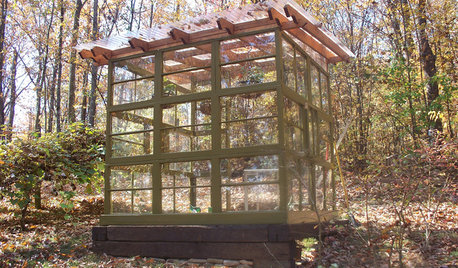
GARDENING AND LANDSCAPINGSee a Family Greenhouse Grown From Scraps
Can-do resourcefulness and less than $400 lead to a new 8- by 8-foot home for plants on a Tennessee family's property
Full Story
FARM YOUR YARDHow to Build a Raised Bed for Your Veggies and Plants
Whether you’re farming your parking strip or beautifying your backyard, a planting box you make yourself can come in mighty handy
Full Story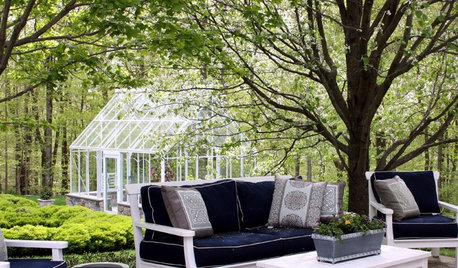
Houzz Call: Show Us Your Greenhouse
Submit a photo of your greenhouse and share what's growing!
Full Story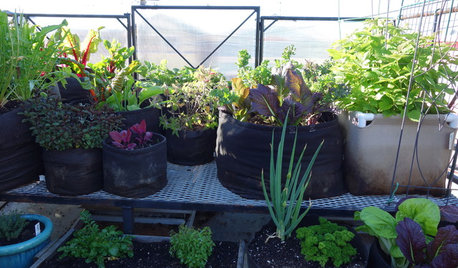
FARM YOUR YARDAn Urban Greenhouse Overflows With Edibles
Making meals just means stepping into the yard for a San Francisco couple who revamped an old orchid house
Full Story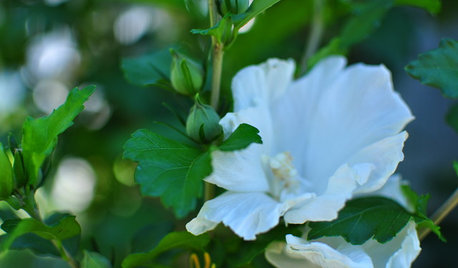
GARDENING GUIDESMid-Atlantic Gardener's August Checklist
Bring in the bounty of tomatoes, savor the show of grasses and start seeding some cool-season plants
Full Story
GARDENING FOR BUTTERFLIES3 Ways Native Plants Make Gardening So Much Better
You probably know about the lower maintenance. But native plants' other benefits go far beyond a little less watering and weeding
Full Story
GARDENING GUIDESGet on a Composting Kick (Hello, Free Fertilizer!)
Quit shelling out for pricey substitutes that aren’t even as good. Here’s how to give your soil the best while lightening your trash load
Full Story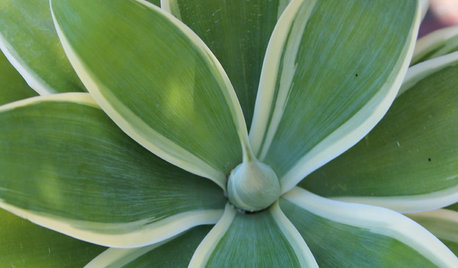
CALIFORNIA GARDENINGCalifornia Gardener's April Checklist
Outsmart droughts with water-savvy plants and sustainable approaches that suit the landscape
Full Story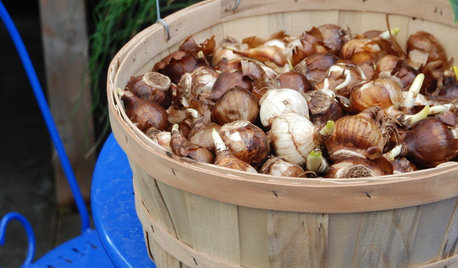
REGIONAL GARDEN GUIDESNortheast Gardener's February Checklist
Follow your passions during the month of love with bursts of your favorite colors and fragrances via indoor plants
Full StorySponsored
More Discussions







Barrie, (Central PA, zone 6a)